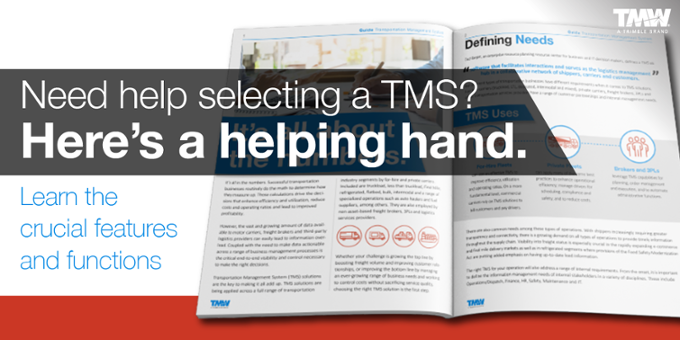
One of the hardest parts about running a business is hiring and retaining qualified employees. In the transportation industry, that means hiring employees who drive the trucks and others who manage those drivers. It’s especially important to find the right people because the Compliance, Safety, Accountability (CSA) scores affect how the business operates.
The scores are part of the safety compliance and enforcement program of the Federal Motor Carrier Safety Administration that holds motor carriers and drivers accountable for their role in safety. As a manager, you want those scores to be near perfect every time a truck hits the road. One way to measure the effectiveness of those scores is to have a driver scorecard.
Keeping Tabs on Driver Safety
A driver scorecard is a type of performance evaluation that can help fleet and safety managers identify risky behavior and determine which drivers need additional training. It can help track things such as start/arrival times, idle time, speeding, hard breaking and engine abuse, among many other things. And, it’s important to start using the scorecard during the hiring process so that the potential driver knows what the expectations are and that they are being monitored.
It’s equally as valuable to have a scorecard for the managers, too. When both the managers and drivers are working towards the same goals, it ensures that both parties are on the same page and there won’t be conflicts when an issue arises. Rather, the manager can point to the agreed-upon performance cards so that the conversation is clear from the beginning.
Why It Matters
The point of the scorecard is that you need to set their expectations based on policies by which you expect them to abide. When the performance measures of the scorecard are met, it ensures that your trucks stay on the road and your company is operating to its full potential. When your drivers are shut down due to poor CSA Scores, it affects the flow of business operations – from rerouting current shipments to ensuring that you have enough drivers/trucks to complete future orders.
But, the real value of the scorecard lies in its ability to help companies retain employees. With driver turnover rates at an all-time high and the costs associated with hiring and training new employees soaring, it’s very important for a company’s bottom line to retain the services of anyone it hires. The scorecard can help mitigate turnover rates by providing feedback to drivers and managers. When people know where their performance metrics stand according to agreed-upon targets, they then know where they are performing well and in what areas they need to improve.
The scorecard thus eliminates any surprises when it comes to employee performance. When goals are being met, either the employees or managers can point to the scorecard during performance reviews to determine if the employee needs more training or if they qualify for a pay raise. So, there are a number of reasons to implement an employee performance scorecard system, but one of the main reasons is to better manage both the drivers and fleet managers in your company.
For a closer look at driver scorecards and the other business intelligence tools that lend themselves to driver retention, safety and high-performance business operations, download our guide now.



